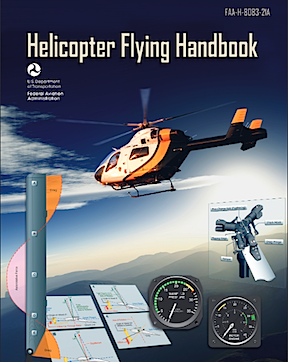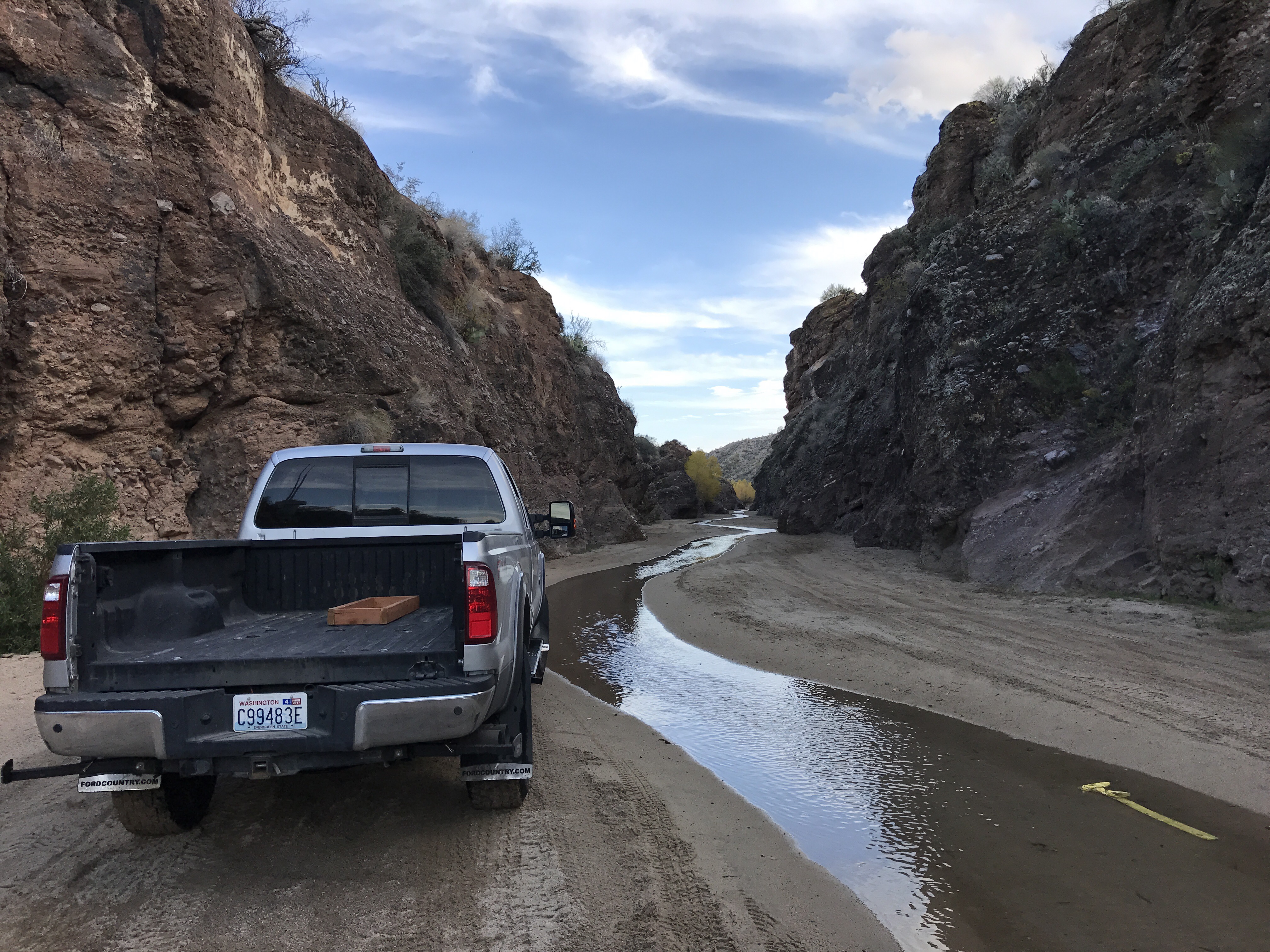An excerpt from my upcoming book about my first ten years as a helicopter pilot.
– Flight Planning
– CG
– Weight
– Hover Charts
– Ground School
At least five years ago, I began writing a memoir about my first ten years as a helicopter pilot. I put it aside for various reasons, picked it up, put it aside again, and have now picked it up again. At the rate I’m going, it could probably cover my first twenty years.
Since I’m trying to spend more time working on that book than writing blog posts, I figured I could excerpt some of the book’s text as blog posts. (That kind of makes sense since a lot of the book will come from existing blog posts.) This is an example from my chapter about ground school during my primary training in the late 1990s. I think it provides a good overview of what helicopter pilots learn in ground school. It also provides some very useful links for free learning resources.
A side note here…like any other blog post that will appear in my book, this one is likely to be removed from the blog once the book is published. When that time comes, the content of this post will be replaced with a link to buy the book. A girl’s gotta make a living, no?
—
My flight training days nearly always included up to two hours of ground school sandwiched between two blocks of flight time. Ground school is required to learn the multitude of things a pilot needs to know to be safe and legal in the eyes of the FAA, such as:
- Pilot requirements and responsibilities. What a pilot needs to legally fly in the United States and what her responsibilities are as pilot in command.
- Helicopter aerodynamics. How helicopters fly. (Spoiler alert: they do not “beat the air into submission.”) This includes such concepts as lift, translating tendency, Coriolis effect, gyroscopic precession, translational lift, and more.
- Helicopter components and flight controls. Helicopter rotor systems, power plant, transmission, cyclic, collective, throttle, and anti-torque pedals.
- Basic, advanced, and emergency maneuvers and procedures. All of the procedures and skills a helicopter pilot needs to have to fly safely in normal and emergency conditions.
- Airspace and air traffic control (ATC). The different types of airspace and a pilot’s responsibilities for operating in each of them, as well as the basics of communicating and complying with air traffic controllers.
- Navigation. The basics of getting from Point A to Point B safely, without getting lost or wandering into restricted airspace. This includes all kinds of tools for navigation, from paper charts and plotters to radio navigation aids to GPS.
- Weather. Any kind of weather that can affect flight—which is pretty much any kind of weather.
- Aeronautical decision making (ADM) and pilot preparedness. Cockpit resource management and a pilot’s physical and mental condition to fly.
- Aircraft specific information. The specific details about the aircraft the pilot will fly, such as mechanical components, performance, limitations, emergency procedures, and weight and balance.
This is only some of the information a pilot needs to know to pass written, oral, and practical tests and get a pilot certificate.
Just about all of this information can be found in four different government-published resources that are available online for free at the FAA’s website1:
- Federal Aviation Regulations (FARs)2 are the actual laws governing flight in the United States. Written in a form of legalese, they can be frustratingly difficult to understand and often refer back and forth to each other to form a web of confusion. Occasionally, someone puts out a book purporting to translate FARs into plain English, but these don’t usually cover all topics and can contain outdated information when the FARs are updated—which can be several times a year.
- Aeronautical Information Manual (AIM, formerly the Airman’s Information Manual) is a much easier to read and understand guide that covers most of what a pilot needs to know. Like the FARs, however, it’s geared toward airplane pilots, so there’s a lot of information a helicopter pilot doesn’t really need to know.
- Pilot’s Handbook of Aeronautical Knowledge (FAA-H-8083-25B) is a textbook-like guide that covers all the basics of flying airplanes in an illustrated format that’s easy to read. Note that I said “airplanes” here—that’s because this book goes into a lot of detail about airplane aerodynamics, design, and controls, most of which helicopter pilots don’t need to know. But it also covers airspace, weather, airport operations, and other topics all pilots need to know.
-
 Helicopter Flying Handbook (FAA-H-8083-21A) is another textbook-like guide that covers all of the basics of flying helicopters. This is the book I recommend to anyone interested in helicopter flight. The illustrations and examples do an excellent job of teaching complex aerodynamic concepts specific to helicopters. This book does not, however, cover airspace, weather, or other non-helicopter specific topics that helicopter pilots still need to know.
Helicopter Flying Handbook (FAA-H-8083-21A) is another textbook-like guide that covers all of the basics of flying helicopters. This is the book I recommend to anyone interested in helicopter flight. The illustrations and examples do an excellent job of teaching complex aerodynamic concepts specific to helicopters. This book does not, however, cover airspace, weather, or other non-helicopter specific topics that helicopter pilots still need to know.
Aircraft-specific information can be found in the pilot operating handbook (POH) that comes with and must be on board every aircraft. Those are often available online from the aircraft manufacturer.3
—
Footnotes:
1 There’s a wealth of information for pilots at www.faa.gov. You can also buy print versions of these resources from various publishers.
2 I should mention here that what most people refer to as the FARs is actually called the “Code of Federal Regulations Title 14 Aeronautics and Space” or just “CFR Title 14.”
3 If you’re interested in seeing the pilot operating handbook for the helicopter I learned to fly in, a Robinson R22, visit http://robinsonheli.com/r22_poh.html.








